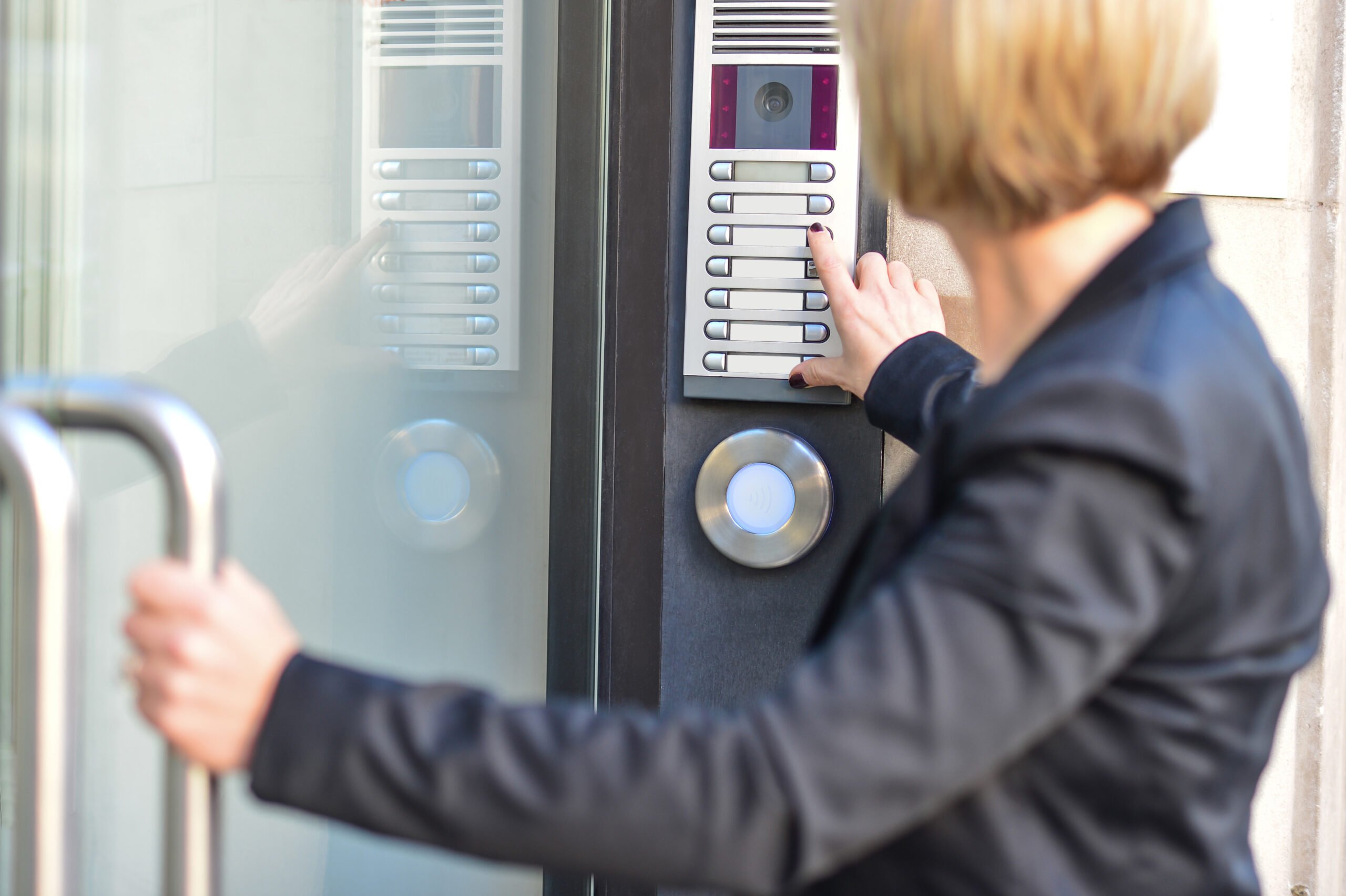Keyless door locks, also known as smart locks, are electronic locks that do not require a physical key to open. Instead, they use a variety of methods such as codes, biometrics, or even a smartphone app to allow access. One of the main benefits of keyless door locks is the added security they provide, as they cannot be picked or bumped like traditional mechanical locks can. They also offer the convenience of not having to keep track of keys, and the ability to grant and revoke access easily. Additionally, many smart locks can also be integrated with other smart home devices and controlled remotely. Common types of keyless door locks include keypad locks, which require a code to be entered, and biometric locks, which use fingerprints or facial recognition to grant access.
These locks do not require a physical key to unlock them, instead relying on various forms of technology such as codes, fingerprints, or smart devices to grant access. In this article, we will explore the different types of keyless door locks available on the market and their unique features.
- Keypad locks
Keypad locks use a numerical code as the key to unlocking the door. Users can program a personalized code, or multiple codes for different users, into the lock. These locks can also often be programmed to automatically lock after a certain period of time, adding an extra layer of security. Some keypad locks also have the added feature of allowing temporary codes to be generated for guests or service providers.
2. Biometric locks
Biometric locks use fingerprints as the key to unlocking the door. These locks utilize fingerprint recognition technology to grant access to authorized users. Biometric locks are considered to be one of the most secure types of keyless door locks as fingerprints are unique to each individual and cannot be replicated or forgotten like a code or physical key. They can store multiple fingerprints and also have a key code backup in case of emergency.
3. Smart locks
Smart locks are keyless door locks that can be controlled and accessed through a smartphone or other smart device using a wireless connection such as Bluetooth or Wi-Fi. These locks can be controlled remotely, allowing users to grant access to their home to guests or service providers even when they are not there. Some smart locks also integrate with smart home systems, allowing them to be controlled through voice commands or a centralized app.
4. Proximity locks
Proximity locks use a wireless technology such as RFID or NFC to grant access to authorized users. These locks typically come with a key fob, card, or sticker that contains a wireless chip that must be in close proximity to the lock in order for it to unlock. Proximity locks are commonly used in commercial and industrial settings, as they can easily be programmed to grant access to multiple users without the need to individually program each one.
5. Hybrid locks
Hybrid locks are a combination of two or more types of keyless door locks. For example, a lock that combines a keypad and fingerprint scanner would be considered a hybrid lock. These locks offer the benefits of multiple types of keyless door locks in one package and are becoming increasingly popular.
In conclusion, keyless door locks offer a convenient and secure alternative to traditional mechanical locks. The different types of keyless door locks available, including keypad locks, biometric locks, smart locks, proximity locks, and hybrid locks, each have their own unique features and benefits. It is important to consider the specific needs and preferences of the user when selecting a keyless door lock.




